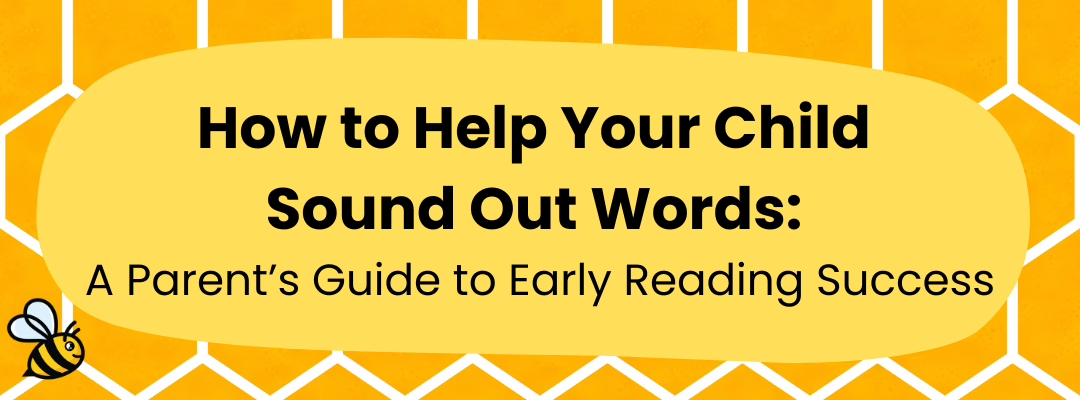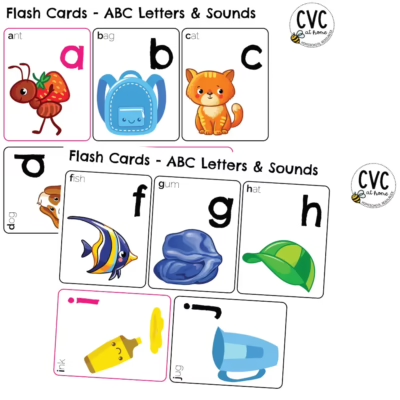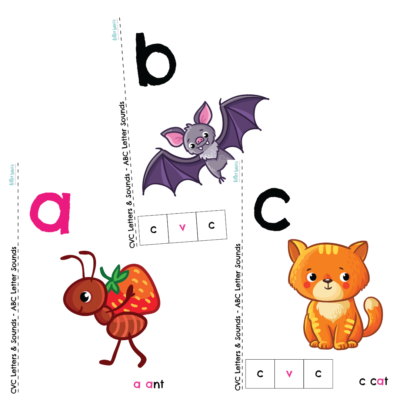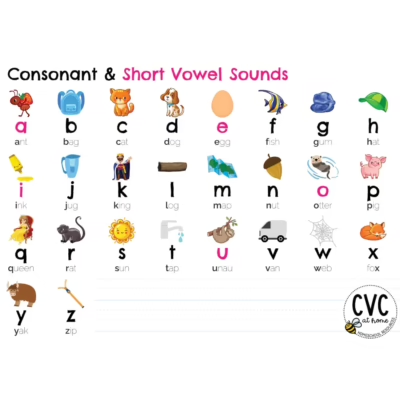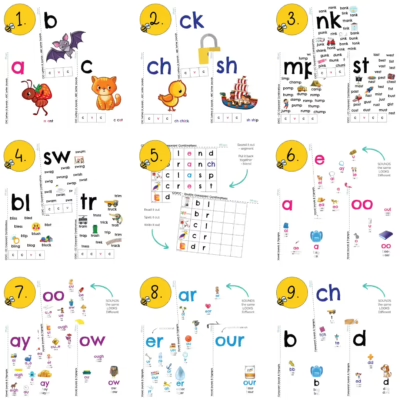If you’re a parent of a budding reader, you’ve probably heard how important it is to help your child “sound out” words. But what does that actually mean—and how do you do it effectively at home?
Sounding out words, also known as phonics or decoding, is the process of connecting letters to sounds and blending those sounds together to read words. It’s one of the key building blocks of reading—and it can actually be a lot of fun!
How to Help Your Child Sound Out Words
Here’s a step-by-step guide to help your child sound out words confidently and joyfully.
✅ 1. Focus on Letter Sounds (Not Just Names)
Before your child can sound out words, they need to know the sounds each letter makes—not just their names.
🧠 For example:
- Instead of teaching “B is for bee,” teach that B says /b/.
- Start with short vowels:
- A = /ă/ (as in “apple”)
- E = /ĕ/ (as in “elephant”)
- I = /ĭ/ (as in “igloo”)
- O = /ŏ/ (as in “octopus”)
- U = /ŭ/ (as in “umbrella”)
🎯 Try this at home:
Use magnetic letters, flashcards, or dry-erase boards. Ask, “What sound does this letter make?”
✅ 2. Start Blending Sounds into Words
Once your child knows a few sounds, help them blend those sounds into simple words—this is where reading begins!
📘 Start with CVC words (consonant-vowel-consonant), like:
- cat
- sun
- dog
🎯 Blending activity:
- Say each sound slowly: “/c/ – /a/ – /t/”
- Ask, “What word do those sounds make?”
- Speed it up and say it together: “cat!”
✅ 3. Practice Segmenting (Breaking Words Apart)
The reverse of blending is segmenting—breaking a word into its individual sounds. This builds phonemic awareness and strengthens decoding skills.
🎯 Try this:
You say the word “dog,” and ask, “What sounds do you hear?”
Child answers: “/d/ – /o/ – /g/”
Make it playful by clapping for each sound!
✅ 4. Use Word Families for Pattern Practice
Once your child has the hang of basic blending, introduce word families—groups of words with the same endings.
📘 Examples:
- -at: cat, hat, bat, mat
- -in: pin, win, tin, fin
This helps them recognize patterns and decode faster.
✅ 5. Read Decodable Books Together
Choose early reader books that focus on regular, phonetically-sound words—these are called decodable books. Avoid books with too many tricky “sight” words at first.
🧒🏽 Your child will gain confidence when they can decode most of the words in a book without guessing.
Some great beginner options:
- Bob Books series
- Phonics Readers from Usborne or Scholastic
✅ 6. Add Movement to Make It Stick
Many children learn better when movement is involved. Try:
- Tapping fingers for each sound
- Touching shoulder–elbow–hand to represent the three sounds in CVC words
This physical connection can help sounds “click.”
✅ 7. Keep It Fun with Games
Learning to read doesn’t have to be dry! Mix things up with:
- “I Spy” with sounds: “I spy something that starts with /s/…”
- Sound Bingo or matching games
- Letter Games: Bingo, scavenger hunts
✅ 8. Be Patient and Celebrate Effort
Every child learns at their own pace. Sounding out can be tricky at first—what matters most is your encouragement and consistency.
💬 Say things like:
- “You worked really hard on that word!”
- “Let’s try that one together.”
Your enthusiasm is contagious. The more fun and stress-free you make reading, the more your child will enjoy it.
How to Help Your Child Sound Out Sounds
Sounding out words is a foundational skill that unlocks reading.
With a little time, patience, and creativity, you can make this a positive experience for both you and your child.
Start small, be consistent, and celebrate the progress along the way.
Recommended products
-
Stage 1 Flashcards: ABC Letter Sounds
Original price was: $5.00.$2.00Current price is: $2.00. -
Stage 1 Pack: CVC Words and Letter Sounds
Original price was: $19.00.$9.00Current price is: $9.00. -
Stage 1 Placemat: ABC Letter Sounds
Original price was: $5.00.$0.00Current price is: $0.00. -
Stage 1-9 Bundle: CVC Spelling Packs
Original price was: $171.00.$59.00Current price is: $59.00.

